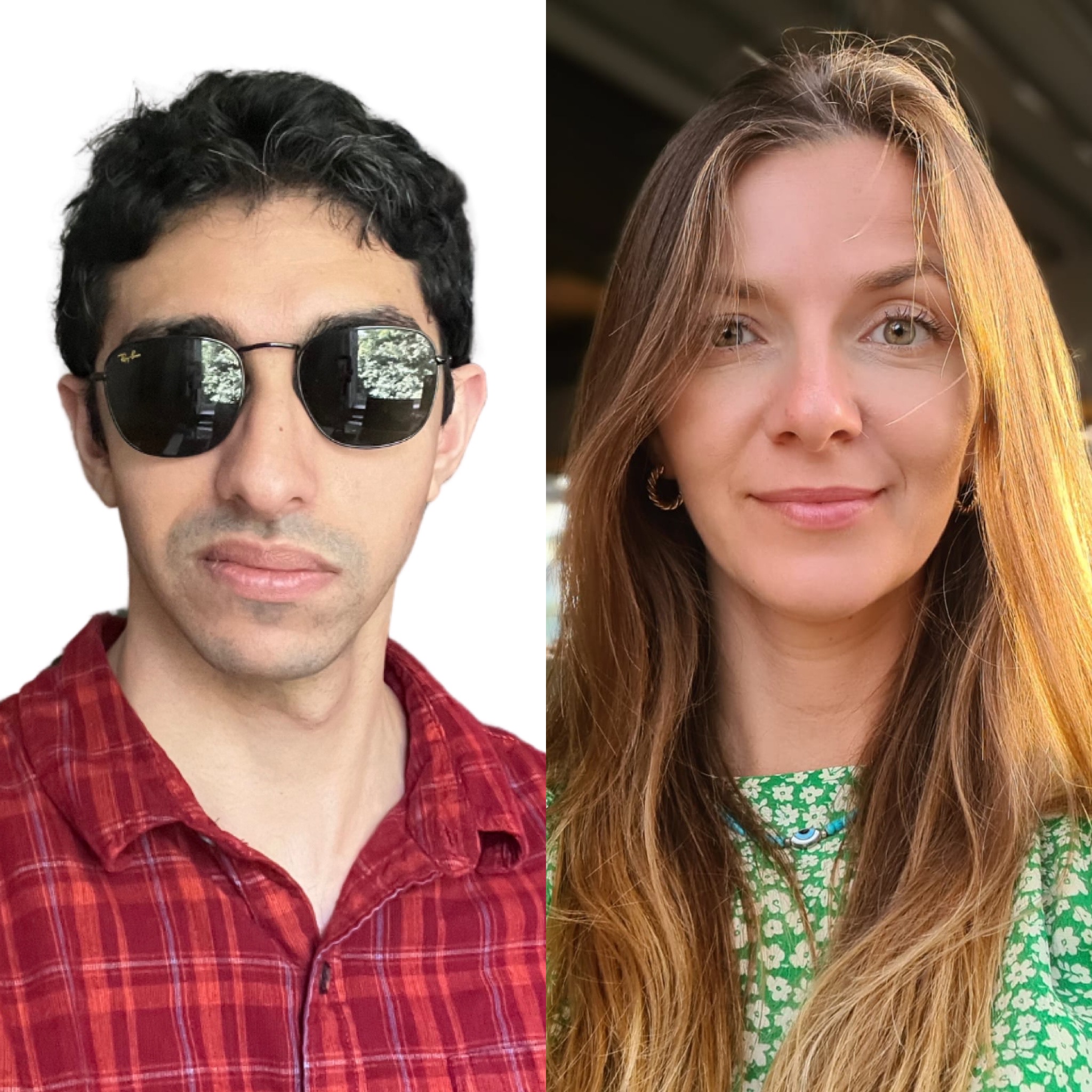
Dhananjay Talwar & Anastazja Cariuk
Dhananjay Talwar
I am Dhananjay - or DJ - a huge language enthusiast born and bred in North London, United Kingdom, though my family is originally from the region of Punjab in India.
I became part of the multilingual community in 2018 and regularly attend the Polyglot Gathering and, now, the Polyglot Conference too.
I have learnt over 20 languages to various levels, of which I am currently fluent in at least 9.
I am a full-time private tutor and have helped students to gain entrance to top schools and universities, including Oxford and Cambridge.
I now specialise in tutoring students for French GCSE exams.
As well as learning and practising languages, I am interested in linguistics, the philosophy of language, and especially metalinguistics - how the languages we know shape our experiences and the way we see the world around us.
Anastazja Cariuk
Born in a small Belarusian town, Anastazja speaks multiple languages. She moved to Poland, the home of her grandparents, when she was 16, and after finishing her education, she set out on a lifetime travel journey. She was able to live and learn languages through immersion as she lived in eight different countries, ranging from China to the Middle East and Ireland. Anastazja speaks 7 languages, 5 of which she considers fluent. Turkey is one of her favourite destinations, as it is where she has developed her ability to fit in with the locals. She enjoys showing people Istanbul, explaining the difference between Belarusian and Russian languages and running in the rain.
Non-Verbal Communication Across Different Cultures (A Turk and an Indian Walk Into a Bar)
A huge part of communication is, in fact, not through the voice or through words, but non-verbal. Non-linguistic communication of course varies hugely across the globe. This presentation will explore the differences in non-verbal communication across different cultures by taking an in-depth look at gestures, their usage, importance and variation in certain cultures, including in some practical situations. We will naturally look at the cultures each of the speakers – Dhananjay and Asya – have been immersed in (Indian and Turkish) but also touch on interesting gestures from other cultures. We will show the audience how similar gestures can convey very different meanings in other cultures and how this can often have hilarious consequences! We want to take the audience on a journey where they will learn about each of our cultures and some of the components of communication that are powerful and relevant in and of themselves. These components are meant to complement and enhance spoken language and words rather than lessen their power. The audience will hopefully find this discussion to be energetic, interesting, and educational—it will include visuals of various gestures used in everyday situations. We anticipate them having a great time and learning a lot about nonverbal communication!

